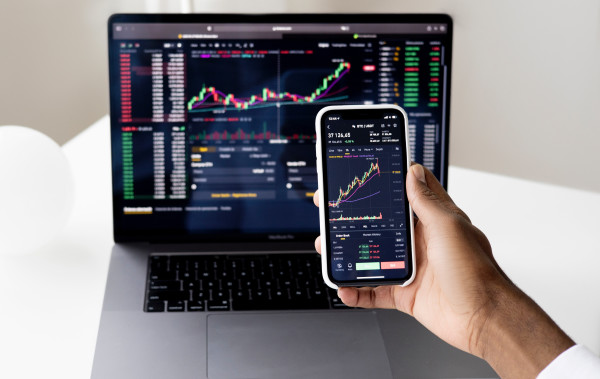Medium-sized portfolios are often the least well served in the industry. They are too big to just invest in tracker funds and they are often too small to allow very significant diversification.
In markets where bond and equity indices are high, where there is an obvious chance that future returns could be lower, it is possible that the medium-sized investor might lose out if they follow the herd and keep their money safe in tracker funds. Luckily there is a solution to this.
The key is to adopt an active investment strategy that spreads investments across the broadest range of sectors/geographies/products/asset classes and, crucially, caters for a wider degree of potential outcomes while not diversifying away the potential for outperformance.
The multi-asset debate
This concept lies at the heart of the multi-asset debate. While, historically, a broad exposure to equities has offered the potential for long-term capital growth, it does not guarantee that:
1. This is the right entry point; or
2. There is not an unforeseen, exogenous event ahead of us that would result in a material, protracted set-back to equity markets in general.
While that is not the base-case scenario, an allocation to lower risk or even less correlated asset classes such as infrastructure, precious metals and fixed interest, caters for the unexpected. What if global growth does not continue on an upward only trajectory?
For many years it has been a one-way debate. Even when there have been bumps along the road, the corresponding stock market fall-out has been relatively short lived – March 2020 was an extreme example of this.
In an environment where we saw a long and drawn-out economic slowdown, an exposure to other asset classes would benefit, or at least help protect, clients. Yet global equities remain the beating heart of any portfolio.
In a world where equity and bond prices are high and appear to have gone up in a straight line, but de-globalisation and protectionism appear to also be on the ascent, it is not unreasonable to expect continued currency volatility over the future.
The UK investor has an enormous advantage in this respect in that sterling is, and will remain, a relatively small part of the overall mix. Diversification into other currencies – across different asset classes – provides investors with a range of further outcomes.
In 2008, a year where equity markets across the world tumbled, the UK investor with unhedged exposure to US or Japanese equities performed very well – sterling tends to fall against other major currencies during a risk-off period. Furthermore, in an environment where one sees the baton of growth continuing to move from West to East, Asian currencies could well benefit over their Western counterparts.
Style diversification











